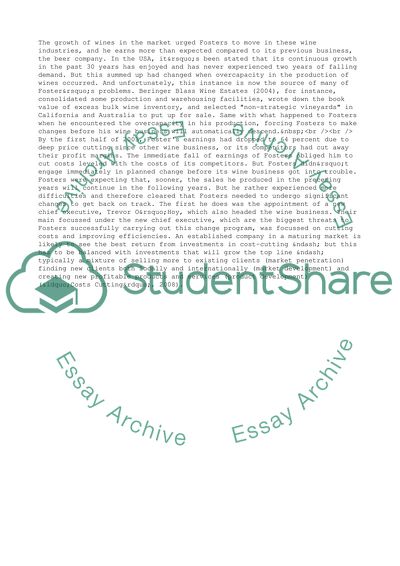Cite this document
(Fosters Start Changes in the Beverages Industry Essay, n.d.)
Fosters Start Changes in the Beverages Industry Essay. Retrieved from https://studentshare.org/business/1548226-literature-review-and-report
Fosters Start Changes in the Beverages Industry Essay. Retrieved from https://studentshare.org/business/1548226-literature-review-and-report
(Fosters Start Changes in the Beverages Industry Essay)
Fosters Start Changes in the Beverages Industry Essay. https://studentshare.org/business/1548226-literature-review-and-report.
Fosters Start Changes in the Beverages Industry Essay. https://studentshare.org/business/1548226-literature-review-and-report.
“Fosters Start Changes in the Beverages Industry Essay”, n.d. https://studentshare.org/business/1548226-literature-review-and-report.


